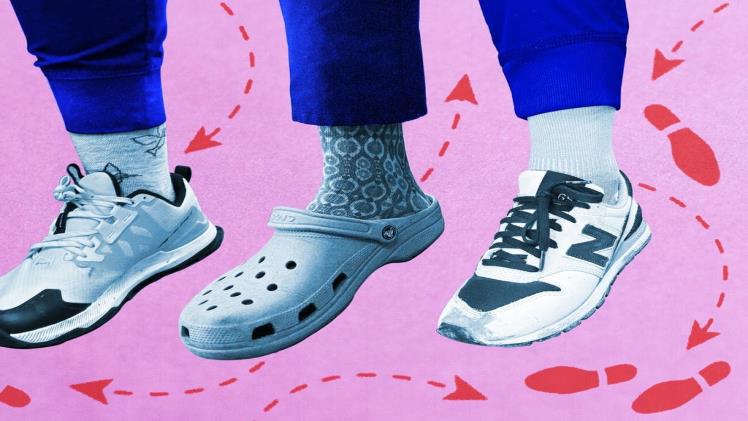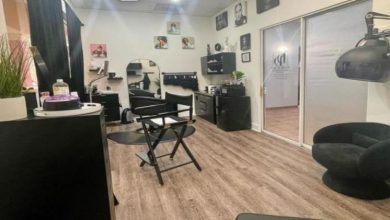The Essential Guide to Women’s Safety Shoes: Combining Protection with Comfort

In today’s diverse workplace environments, safety shoes for women have evolved beyond essential protective gear to sophisticated footwear that combines security, comfort, and style. Whether managing a warehouse floor, overseeing construction projects, or working in healthcare facilities, selecting the correct safety shoes is crucial for protection and professional performance.
Understanding the Importance of Women-Specific Safety Footwear
Anatomical Considerations
Women’s feet differ significantly from men’s in structure and shape, requiring specially designed safety footwear. Modern manufacturers now create safety shoes that account for these differences, offering better arch support, heel fit, and overall comfort, specifically for women’s feet.
Workplace Protection
Safety shoes serve as the first line of defence against various workplace hazards. From impact-resistant toe caps to slip-resistant soles, each feature is engineered to provide comprehensive protection while maintaining comfort during long work hours.
Key Features to Consider
Safety Standards and Certification
Quality safety shoes must meet industry-specific standards and certifications. Look for footwear that complies with ASTM or EN ISO standards, ensuring they’ve undergone rigorous testing for impact resistance, compression protection, and electrical hazard safety.
Comfort Elements
Modern safety shoes incorporate various comfort features:
- Breathable materials to prevent moisture buildup
- Ergonomic insoles for enhanced support
- Lightweight construction to reduce fatigue
- Flexible materials that allow natural movement
Industry-Specific Requirements
Different work environments demand different safety features:
- Healthcare workers need slip-resistant soles and easy-to-clean surfaces
- Construction workers require impact protection and durable materials
- Laboratory technicians benefit from chemical-resistant properties
- Outdoor workers need waterproof and insulated options
Making the Right Choice
Proper Fitting
Finding the correct fit is crucial for both comfort and safety. When trying on safety shoes:
- Shop later in the day when feet are slightly swollen
- Wear your typical work socks
- Ensure adequate toe room and heel grip
- Walk around to test comfort and stability
Material Selection
The choice of materials significantly impacts both protection and comfort:
- Full-grain leather offers durability and water resistance
- Composite materials provide lightweight protection
- Breathable mesh panels enhance ventilation
- Moisture-wicking linings keep feet dry
Maintenance and Care
Regular Maintenance
Proper care extends the life of safety shoes and maintains their protective features:
- Clean regularly to remove dirt and debris
- Allow adequate drying between uses
- Replace worn insoles promptly
- Check periodically for damage or wear
Replacement Timeline
Even the highest quality safety shoes need replacement eventually. Watch for:
- Worn tread patterns
- Compressed or damaged toe caps
- Deteriorating support structures
- Compromised water resistance
Conclusion
Selecting the right safety shoes is a crucial decision that impacts safety and daily workplace comfort. By understanding your specific needs, prioritising proper fit, and maintaining your footwear correctly, you can ensure optimal protection while staying comfortable throughout your workday. Investing in quality safety shoes is an investment in your professional well-being and workplace safety. With the right pair of safety shoes, you can confidently focus on your work, knowing your feet are well-protected and supported.



